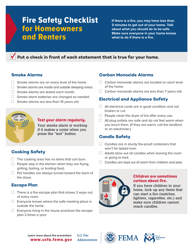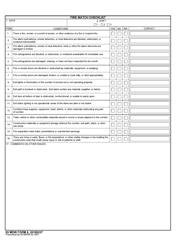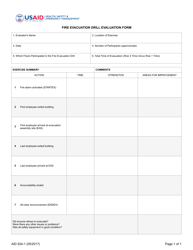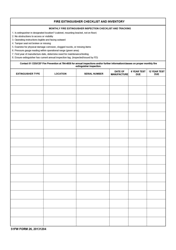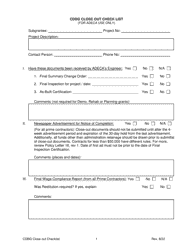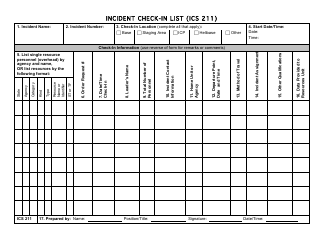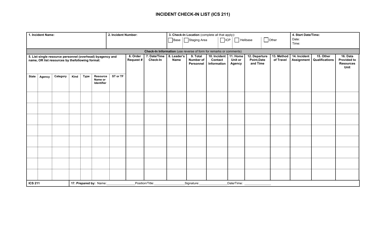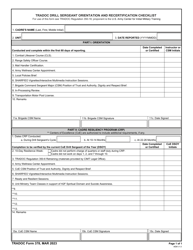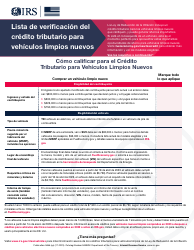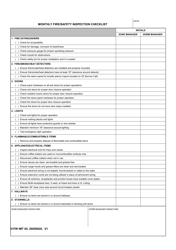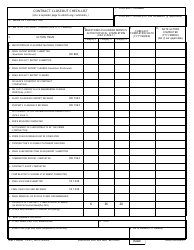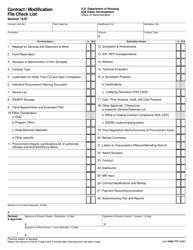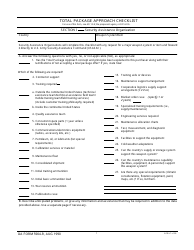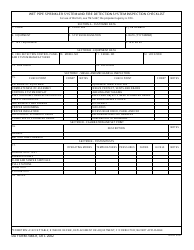Mock Fire Drill Competency Checklist - Tennessee
Mock Fire Drill Competency Checklist is a legal document that was released by the Tennessee Department of Intellectual and Developmental Disabilities - a government authority operating within Tennessee.
FAQ
Q: What is the purpose of a fire drill?
A: To practice and evaluate the emergency response procedures in the event of a fire.
Q: Who is responsible for conducting fire drills?
A: The building/facility owner or designated fire safety personnel.
Q: How often should fire drills be conducted?
A: Typically, fire drills should be conducted at least once per year.
Q: What should employees do during a fire drill?
A: Employees should follow the designated evacuation route and gather at the designated assembly area.
Q: What should be tested during a fire drill?
A: The effectiveness of the evacuation procedures, communication systems, and response times.
Q: Should employees take personal belongings with them during a fire drill?
A: No, employees should leave personal belongings behind and focus on evacuating safely.
Q: Who should be evacuated first during a fire drill?
A: Those who are nearest to the fire or in immediate danger should be evacuated first.
Q: What should employees do after evacuating during a fire drill?
A: Employees should wait for further instructions and stay at the designated assembly area until the all-clear is given.
Q: What documentation should be kept regarding fire drills?
A: Records should be kept of the fire drill date, time, participants, and any issues or observations noted during the drill.
Q: Who should be notified after a fire drill?
A: If any issues or deficiencies are identified during the fire drill, they should be reported to the appropriate authority (building owner, fire safety personnel, etc.).
Form Details:
- Released on August 1, 2008;
- The latest edition currently provided by the Tennessee Department of Intellectual and Developmental Disabilities;
- Ready to use and print;
- Easy to customize;
- Compatible with most PDF-viewing applications;
- Fill out the form in our online filing application.
Download a printable version of the form by clicking the link below or browse more documents and templates provided by the Tennessee Department of Intellectual and Developmental Disabilities.





